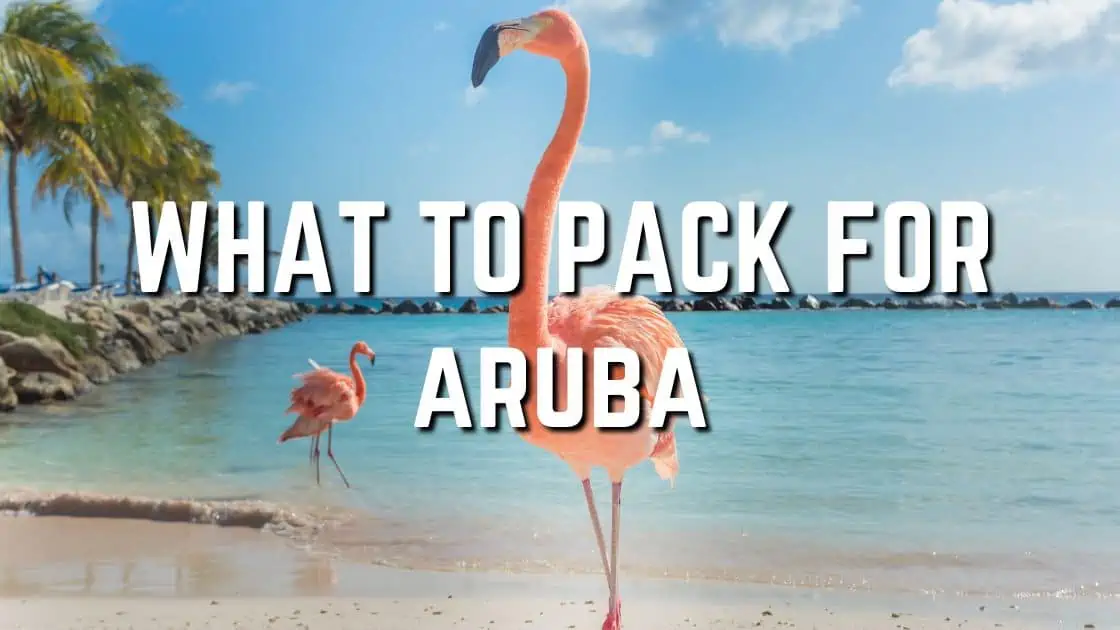Everyone, even those living in remote villages in the Amazon, will have looked up and seen white trails across the sky. They can look quite spectacular against a brilliant blue sky.
But why do planes leave trails? Why do some planes leave trails and others do not? What are trails made of and are they harmful to the planet?
Hopefully you will find the answers to these and other questions below useful and interesting.
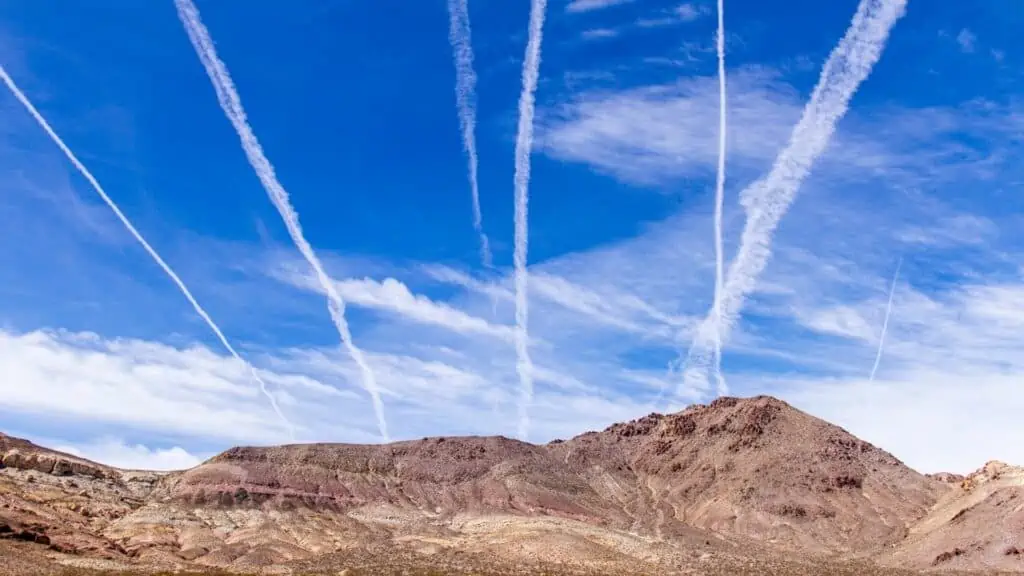
Contents
What are contrails?
Many people seem to wrongly assume that a contrail formation is actually white smoke from the jet engines but they are actually condensation trails (hence the name “contrail”).
To understand what are the trails planes leave, and how vapor trails are formed, you just need to think about what happens when you go outside on a cold day when the temperature is very low.
When you breathe out your breath is visible in the form of a water vapor mist. This is because your relatively hot moist breath mixes with the cold surrounding air and the moisture in your breath condenses into water vapor.
It is exactly the same when a plane travels at high altitudes where cold temperatures exist.
When an aircraft’s engine burns fuel in its combustion chamber it generates hot humid air which leaves the aircraft via the hot engine exhaust and mixes with the cold air. Condensation occurs and vapor trails left behind the aircraft, normally in the form of ice crystals/ice particles as the water vapor freezes.
As they are at such a high altitude, contrails are effectively cirrus clouds.
You may hear the term dew point used when referring to water vapor forming mist. While this is important in aviation it has nothing to do with the formation of contrails as it mostly affects the atmosphere at low levels
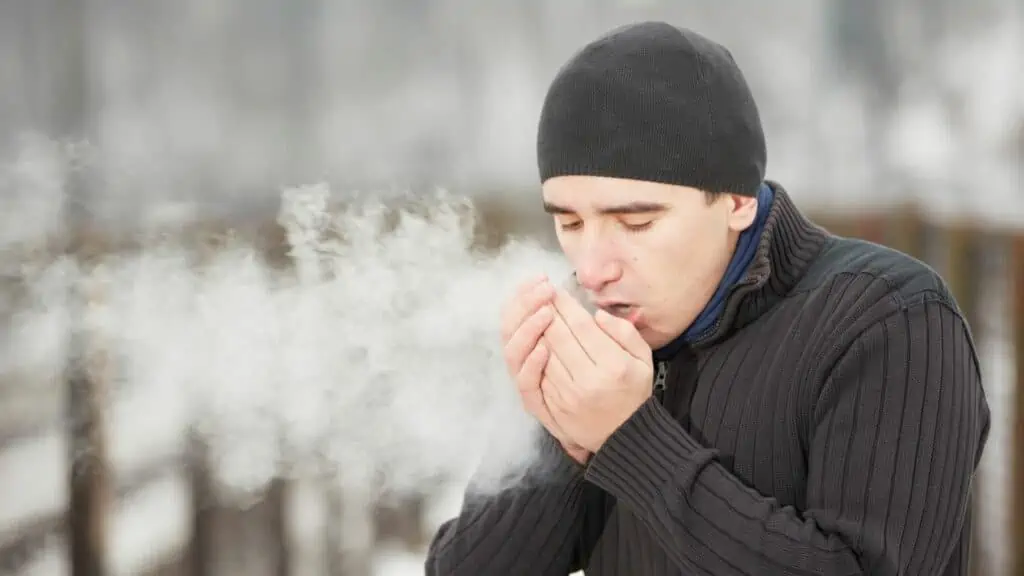
At what altitude do planes leave contrails?
The altitude at which aircraft may leave vapor trails behind them is not actually a fixed altitude as it varies depending on a number of factors including the amount of moisture in the air and also the temperature.
On average airplane vapor trails are produced from around 26,000 feet and upwards, which is well below the cruising altitude of most modern commercial jet aircraft.
How long do contrails last?
If the air is very moist and the temperature is lower than -40ºF/-40ºC (which is oddly also the only time when Farenheit and Celcius are the same) then vapor trails may last up to an hour. If the air is warmer and less moist they may only last a few minutes.
Some NASA observations have seen contrails last as long as 14 hours. See their article The Evolution of a Contrail.
Why do some planes leave trails and others don’t?
Almost every kind of aircraft can leave a contrail provided it can fly high enough and it has at least one engine that leaves hot exhaust gases behind. It doesn’t matter if it has a jet engine, turboprop or piston engine as all will leave white trails.
A glider or an electrically powered airplane is unlikely to leave trails since they will not be leaving behind hot gases as they pass through the surrounding air. In theory, it is possible for short-lived trails to form due to changes in the air pressure caused by the aerodynamic effect of the wings or wingtips.
Do military jets leave contrails?
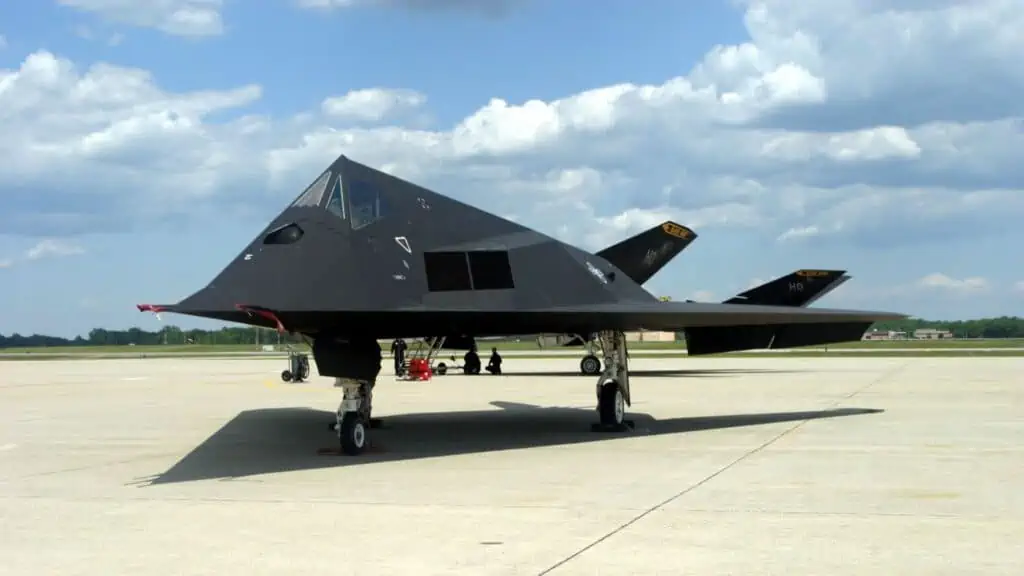
While many military jets would prefer to not make contrails in order to not be visible they are subject to the same laws of physics as any other planes so will produce them for the same reason.
In some situations, military airplanes do try to avoid parts of the atmosphere where trails are likely to occur. This is for the obvious reason of wanting to be undetected.
However, even a stealth bomber, which is designed to be as invisible as possible, will leave a contrail when the atmospheric conditions are right.
Do passenger planes leave contrails?
Commercial passenger planes do leave contrails (and cargo planes too of course) particularly higher flying jet commercial aircraft.
The majority of the contrails you are likely to observe are made by commercial jets.
Do prop planes leave contrails?
Many people assume that propeller airplanes do not leave trails but that is just because, in general, they are less common than jets and also that they often do not fly as high.
During the second world war, huge flights of bombers flying at very high altitudes used to leave significant amounts of trails across the sky. Also dog fights between fighters used to leave incredible patterns of trails across the skies that were visible to observers on the ground.
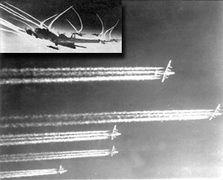
Do contrails cause rain?
Contrails do not cause rain to fall because they are formed far too high up in the atmosphere, where rain clouds would never form.
In theory, it is possible for a plane to induce rain (known as cloud seeding) by flying through a cloud but this is very rare and the weather conditions have to be just right. In this situation, they would not be leaving contrails anyway as they would not be flying at a high altitude.
Little is really known about the science of this phenomenon. Deliberate cloud seeding using planes has been tried with little success.
Can aircraft trails affect climate?
Well the global warming campaigners and others with conspiracy theories regarding air travel would certainly say so. But there is no evidence to support contrails affecting the climate.
While science says that contrails can increase global warming by trapping heat, they are relatively so small, that little heat could be trapped. Science also says that contrails can reflect some of the heat from the sun which would, in effect, cancel out any heat they may trap.
It is certainly possible that the carbon dioxide, unburned fuel, small particles in the smoke and even metal particles, which some may refer to as chemtrails, could alter the atmospheric conditions and so have some effect on climate.
However, in the year or so aviation almost stopped worldwide due to the virus, I have heard no reports that global warming improved at all.
Emissions from planes are regulated by the International Civil Aviation Organization (ICAO).
Why do display aircraft leave trails when flying low?
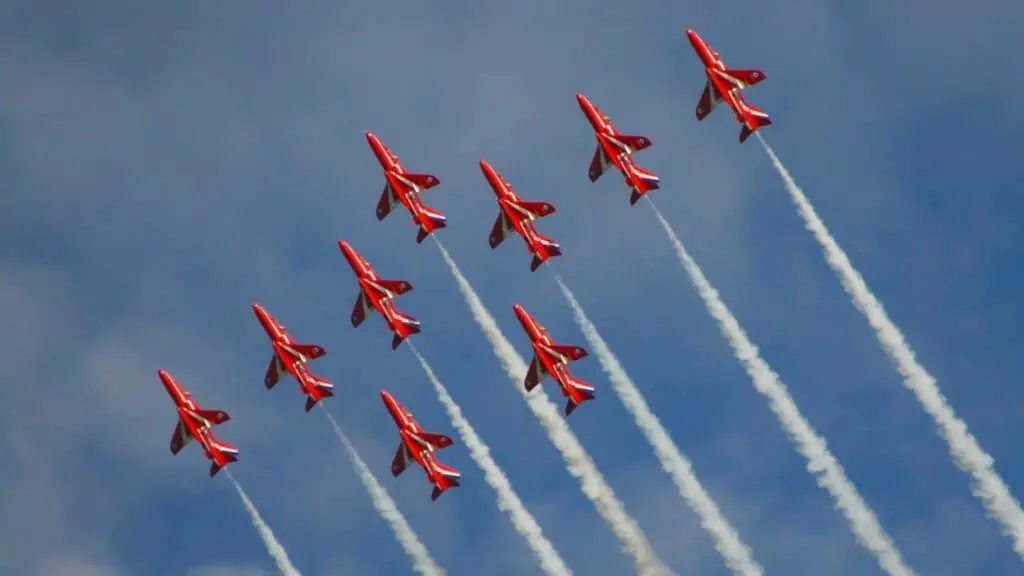
Although it appears that formation display teams such as the RAF’s Red Arrows and the US Navy Blue Angels leave contrails when they are flying a display this isn’t actually the case.
They have a special system that, at the flick of a switch in the cockpit, injects oil or other liquid chemicals into the jet exhaust which then forms smoke trails. They use different liquids to give smoke of different colors too.
How safe is flying in turbulence
How many flight attendants are on a plane?
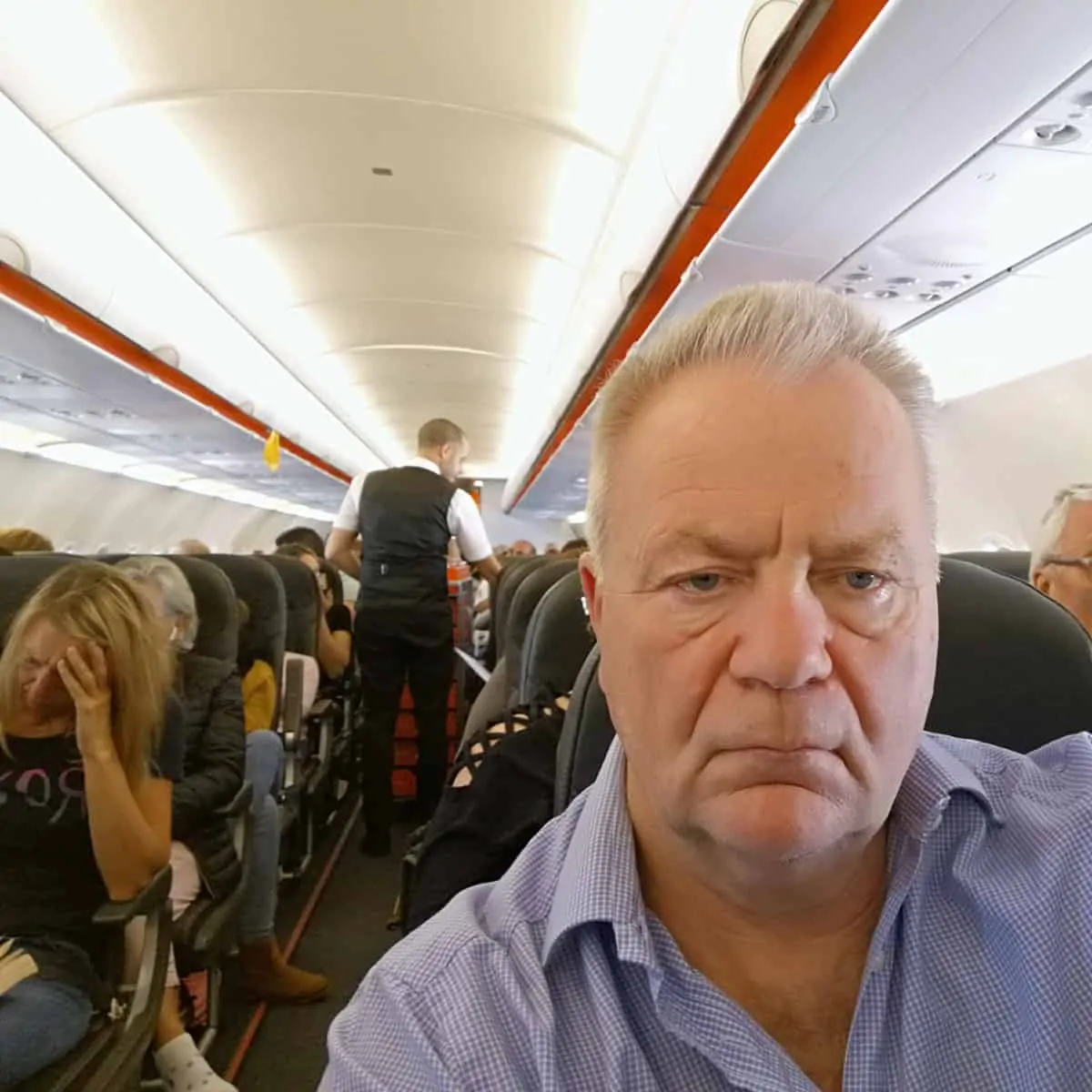
I have been traveling around the world by air since the early 70s and living overseas too. I worked for British Airways for a number of years and I am also a private pilot. About Me
